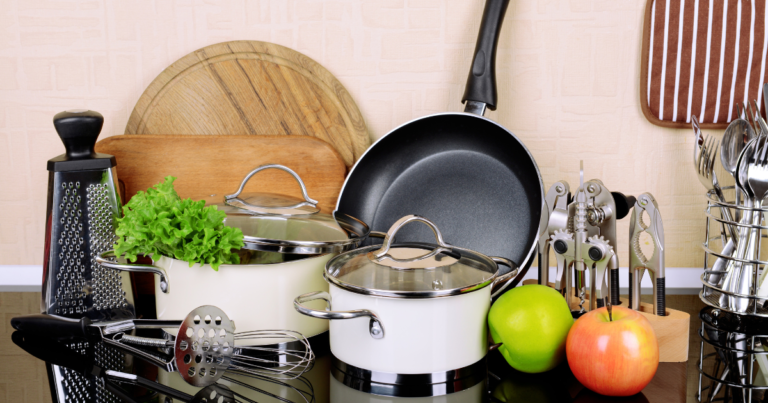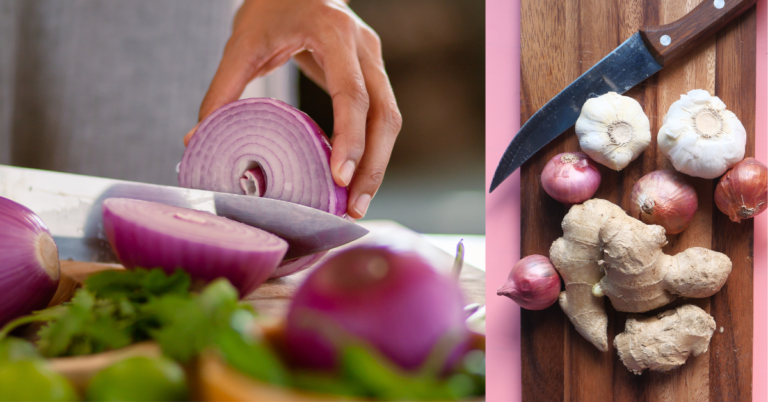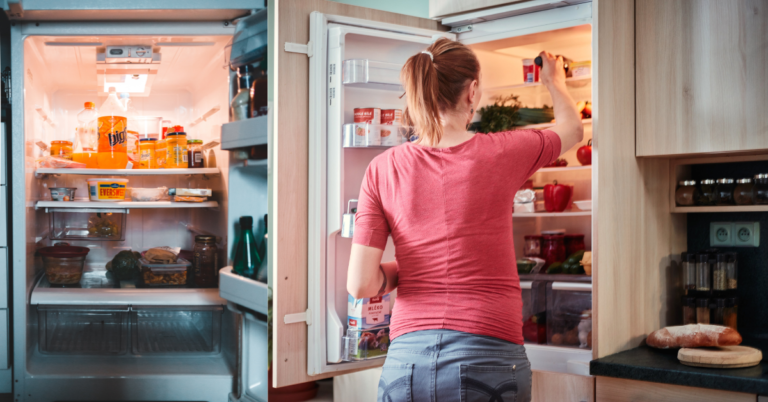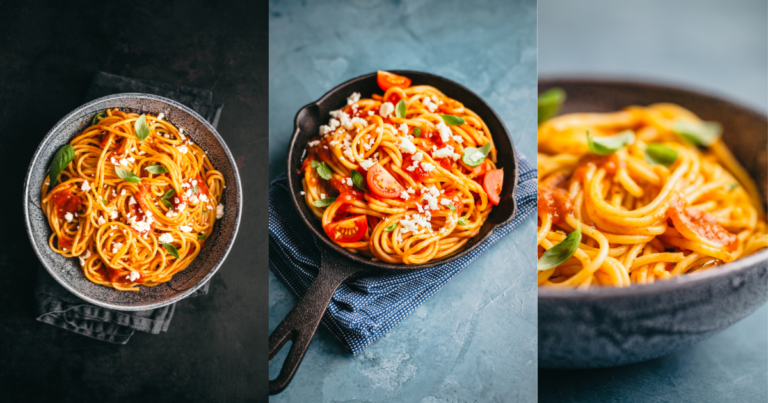Is It Safe to Eat Leftovers That Sat Out Overnight?

You wake up, spot last night’s pizza on the counter, and pause…. Should you eat it or toss it?
It looks fine, smells okay, and you hate wasting food. But it might be filled with harmful bacteria because bacteria multiply fast at room temperature. The FDA warns that perishable food left out for more than two hours enters the danger zone (40–140°F)…a breeding ground for foodborne illnesses like Salmonella, E. coli, and Bacillus cereus.
Reheating won’t always make it safe. So, is it worth the risk? Let’s break down when leftovers can be saved and when they should go straight to the trash
What Happens When Food Sits Out Overnight?
When food sits out for hours, it turns into a bacteria buffet. The longer it stays at room temperature, the more dangerous it becomes.
In just 7 hours, a single bacterial cell can grow into over 2 million. The worst offenders are Salmonella, E. coli, and Bacillus cereus, which thrive in cooked food left out for too long. Rice, pasta, dairy, and meat are especially risky because they provide the perfect environment for bacterial growth.
Reheating won’t always save you. Some bacteria (like Bacillus cereus) release toxins that survive high heat. That means the toxins can still make you sick even if you zap leftover rice or spaghetti in the microwave. According to the CDC, foodborne illnesses send 128,000 people to the hospital yearly, often due to improperly stored leftovers.
You can’t see harmful bacteria, but they are there. Once food enters the danger zone for too long, no amount of reheating can make it safe again.
Does Reheating Food Left Out Overnight Make It Safe?

Many people think reheating food to high temperatures kills bacteria and makes the food safe to eat. This is only half true. While heat does kill bacteria, it does not destroy toxins that some bacteria leave behind.
For instance, Staphylococcus aureus, common in dairy and protein-rich foods, releases toxins that can cause severe food poisoning, even if the bacteria are killed. Clostridium perfringens, often found in meat and gravy, can multiply rapidly in warm food and trigger intense stomach cramps and diarrhea.
The FDA’s two-hour rule exists for a reason. If perishable food sits at room temperature for more than two hours, bacteria multiply to dangerous levels. If left overnight, the risk skyrockets. Even if you reheat food until it’s steaming hot, toxins may still exist.
The safest option is to throw away food that has been sitting out overnight. No amount of reheating will undo the damage, and the risk of food poisoning isn’t worth it.
Is Sealed Food Left Out Overnight Safe to Eat?
If you think food in a sealed container stays safe because it’s protected from air, you’re wrong because bacteria don’t need air to grow.
The real danger is time and temperature. If food stays in the danger zone (40–140°F) for hours, harmful bacteria can multiply whether the container is open.
Certain bacteria thrive in low-oxygen environments. Clostridium botulinum, the bacteria responsible for botulism, grows in vacuum-sealed foods like cooked meat, soups, and stews. It produces a toxin that can’t be seen, smelled, or tasted…and can be deadly. Clostridium perfringens, common in sealed soups and casseroles, multiply rapidly when food is left out warm and can cause severe stomach cramps and diarrhea. Bacillus cereus, often found in sealed rice and pasta dishes, produces toxins that reheating won’t destroy.
Can You Still Eat These Leftovers If Left Out Overnight?
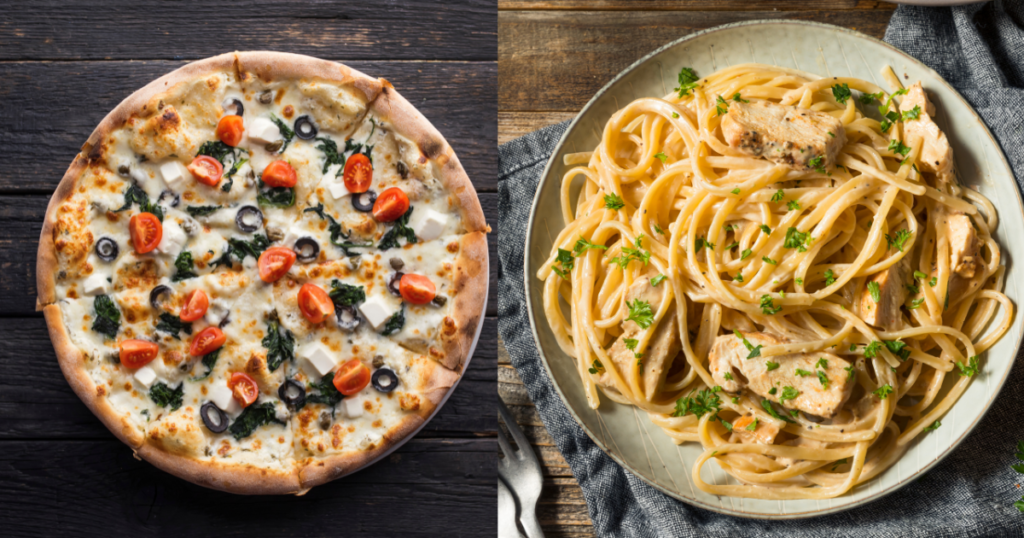
Leftover Pizza
It might look fine, but bacteria like Staphylococcus aureus could grow if your pizza has meat, cheese, or dairy. This bacteria produces toxins that can cause vomiting and diarrhea—even if you reheat the pizza. A plain cheese pizza? Still risky. Cheese is perishable, and harmful bacteria multiply once it sits at room temperature for too long. If your pizza sat out overnight, it’s safer to toss it.
Leftover Pasta & Spaghetti
Pasta and spaghetti are prime breeding grounds for Bacillus cereus, a bacteria that thrives in starchy foods and can cause food poisoning. The worst part? Reheating won’t destroy its toxins. Even if your pasta smells fine, it may contain heat-resistant toxins that can trigger severe nausea and vomiting. Don’t take the risk if it wasn’t refrigerated within two hours…throw it away.
Leftover Rice
Rice is one of the most dangerous leftovers to leave out. Bacillus cereus spores can survive cooking and multiply rapidly at room temperature. Even if you heat the rice again, the toxins remain and can lead to severe food poisoning. Never eat rice that has been left out overnight. It’s simply not worth the risk.
Other High-Risk Foods
Anything containing dairy, eggs, meat, or seafood is highly unsafe after sitting out overnight. Soups, casseroles, and sauces made with cream or cheese spoil quickly. These foods must be refrigerated within two hours—if not, they belong in the trash.
READ: How Long Can a Kitchen Knife Be Wet? + Essential Care Tips
How to Store Leftovers Safely and Avoid Food Poisoning
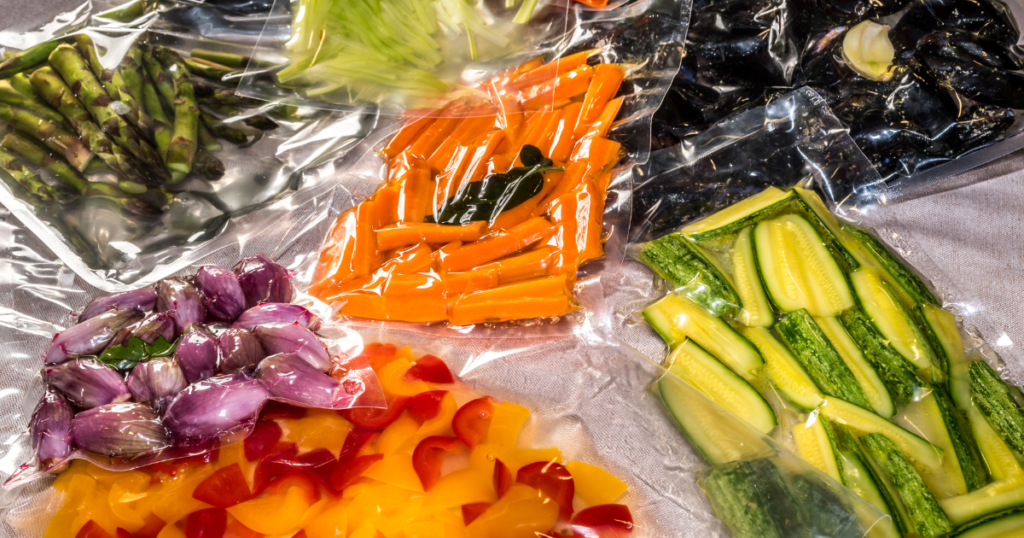
Follow the 2-Hour Rule
Always refrigerate perishable food within two hours. If the room temperature is above 90°F, refrigerate within one hour to prevent rapid bacterial growth.
Cool Food Quickly
Large portions take longer to cool, keeping them in the danger zone (40–140°F) too long. Divide hot food into smaller portions and store in shallow containers to speed up cooling before refrigerating.
Use Airtight Containers
Store leftovers in airtight, food-safe containers and keep the fridge temperature at 40°F or lower. This slows bacterial growth and prevents contamination. Avoid storing hot food in deep containers, as the center takes too long to cool down.
Label and Use Leftovers Promptly
Write the date on leftovers and consume them within 3–4 days. Frozen leftovers are safe for longer, but quality declines over time.
When in Doubt, Throw It Out
Don’t take the risk if you forget to refrigerate food or aren’t sure how long it sat out. Food poisoning isn’t worth it. If it smells off, feels slimy, or you have any doubts, toss it.
READ: How do I Get the Smell out of My Wooden Chopping board?
Is Eating Leftovers That Sat Out Worth the Risk?
That cold pizza might look harmless, but so do most foods before they make you sick. Bacteria don’t need a bad smell or mold to be dangerous. One bite could mean stomach cramps, nausea, or even a full-blown case of food poisoning.
The rule is simple: If it sat out overnight, it’s unsafe to eat. No amount of reheating can undo bacterial toxins that may have already formed.
Make food safety a habit. Refrigerate promptly, store properly, and when in doubt, throw it out.
Share this with someone needing a reminder…because no meal is worth a night of regret. And to read more posts like this, please visit & bookmark our blog page.


